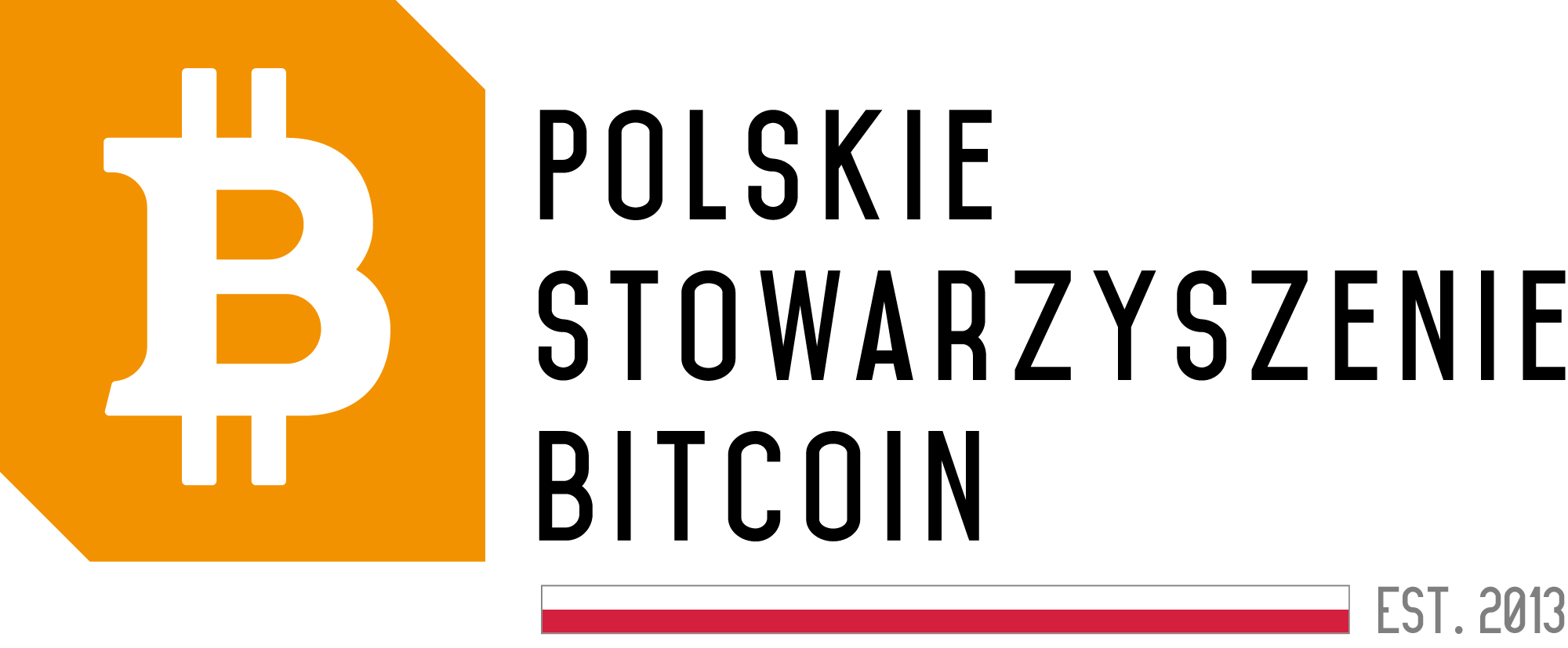halving
Halving is a term related to the cryptocurrency market that refers to the process of cutting in half the block reward in a blockchain. This process occurs regularly at set intervals and has a significant impact on the functioning of a specific cryptocurrency as well as the entire market.
How Does Halving Work?
The basic mechanism of halving involves reducing the block reward in a blockchain by half. For example, in the case of Bitcoin, the block reward decreases from the initial 50 bitcoins to 25, then to 12.5, and so on. This process aims to control the supply of a cryptocurrency and protect it from inflation.
Why Is Halving Significant?
Halving is crucial for the cryptocurrency market for several reasons. Firstly, reducing the block reward can lead to a limitation in the supply of a particular cryptocurrency, often resulting in an increase in its value. Secondly, halving can attract the attention of investors and speculators, generating additional interest in the market.
History of Halving in Bitcoin
The first halving in Bitcoin’s history took place in 2012 when the block reward decreased from 50 to 25 bitcoins. Subsequent halvings occurred in 2016 (from 25 to 12.5 bitcoins) and in 2020 (from 12.5 to 6.25 bitcoins). Each of these events impacted the value of Bitcoin and represented a significant moment for the entire cryptocurrency market.
Summary
Halving is an important phenomenon in the cryptocurrency market that significantly influences the value of a specific cryptocurrency and the overall market. Understanding the mechanism of halving and monitoring this phenomenon can be crucial for investors and cryptocurrency enthusiasts who want to track trends and forecasts in this dynamic financial sector.






